Support WWF-Canada Today
Help protect threatened species and their habitats.

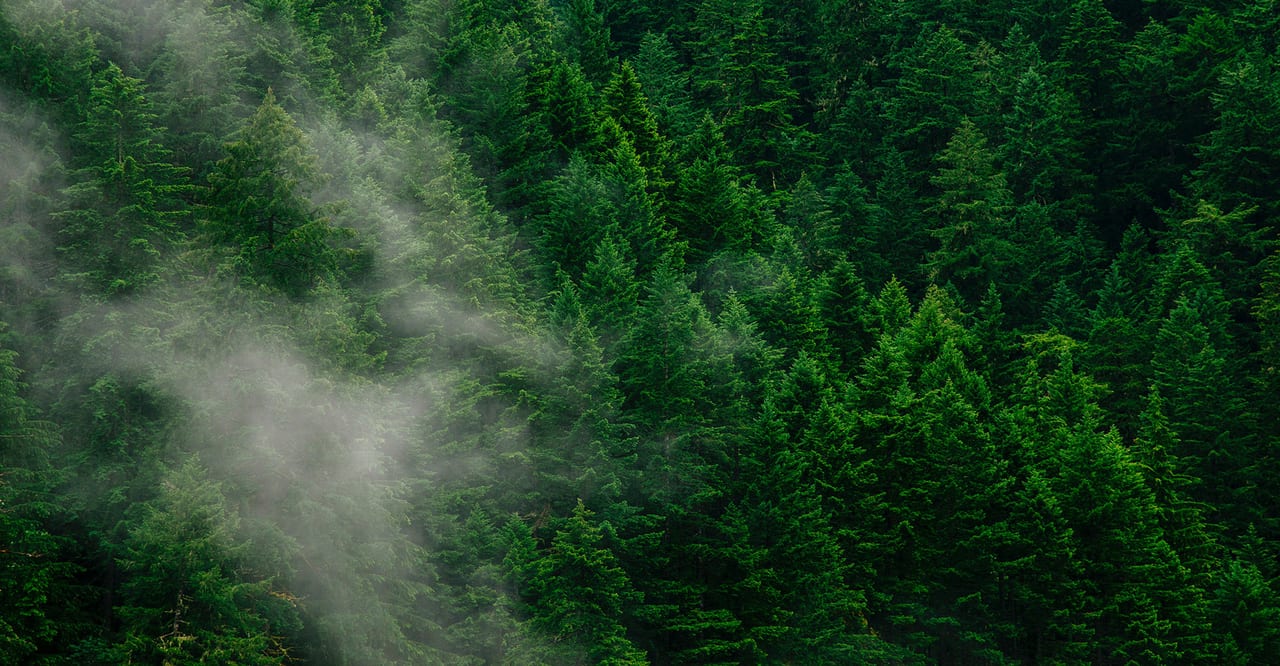
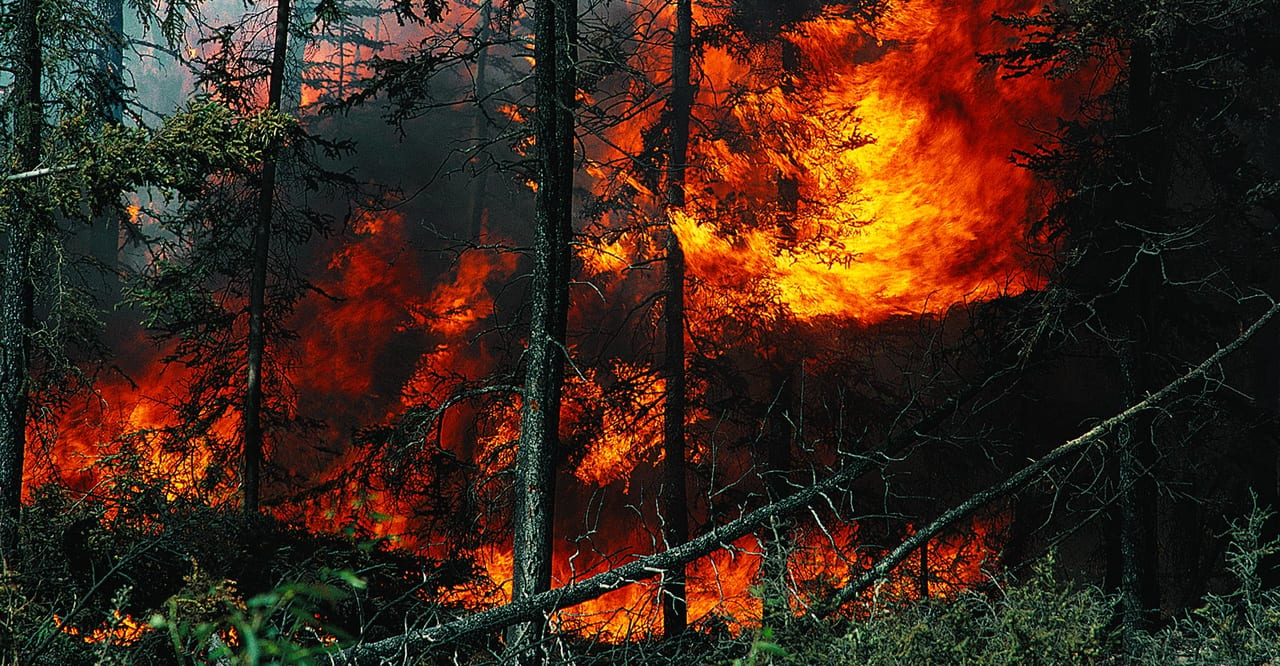
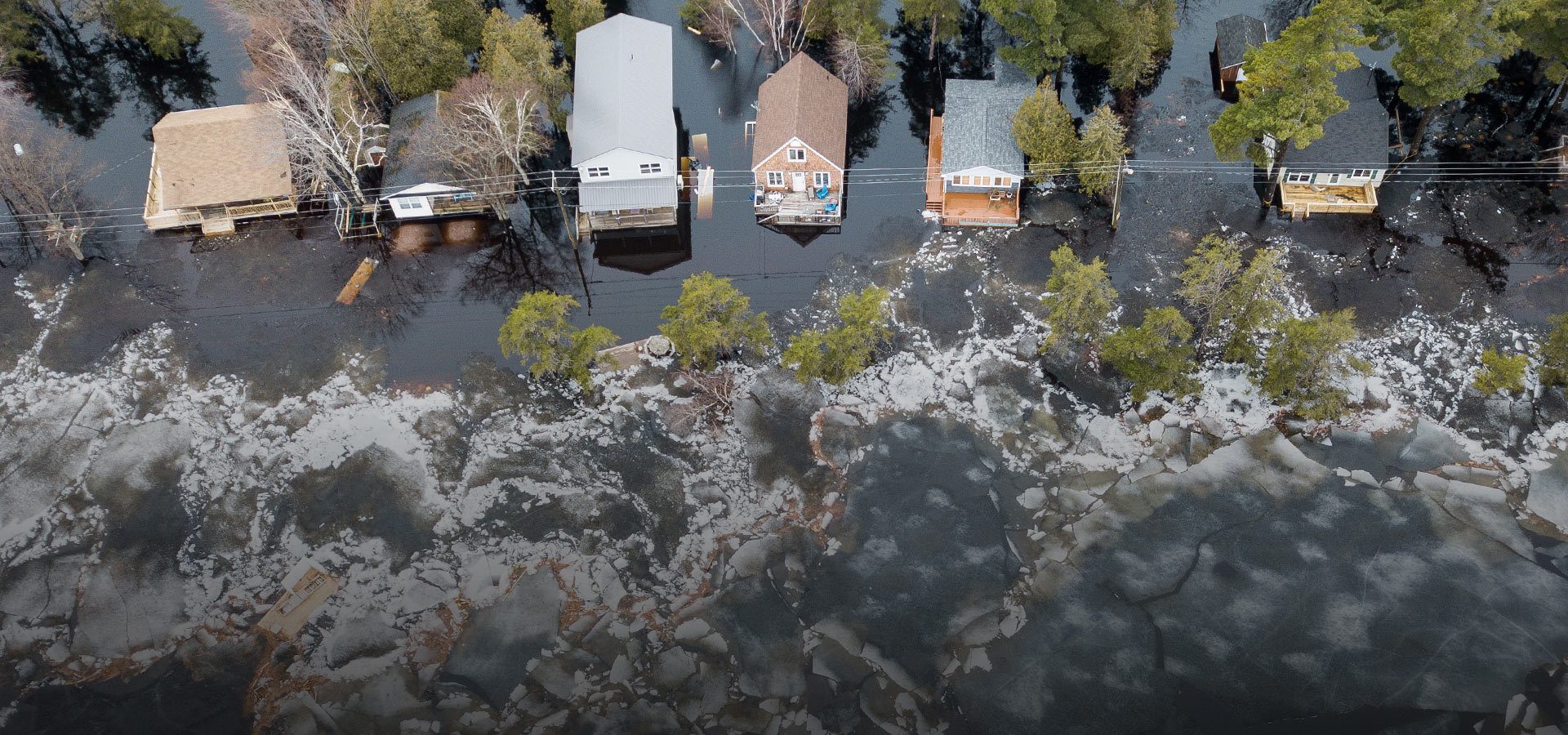

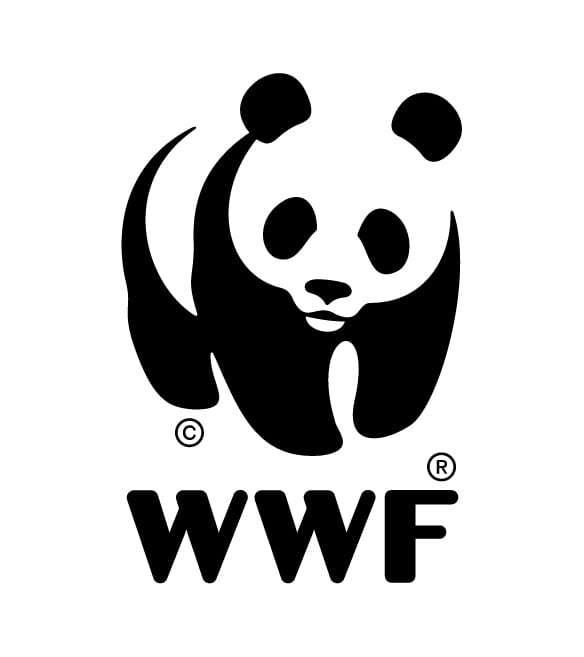


Every day, in Canada and the world over, we are witnessing the devastating impacts of biodiversity loss and climate change. Deadly heat waves, wildfires, floods and super storms: these are the calling cards of a planet in crisis. Every day, we get closer to crossing an invisible line — one that unlocks a future that is four degrees warmer. The next decade is critical. If we don’t set a path for nature’s recovery, we will continue on an irreversible course toward the destruction of complex ecosystems, severe climate disruption driven by greenhouse gas emissions and the extinction of more than one million species worldwide.
But the future of the planet isn’t a foregone conclusion. The path we’re on is reversible if we act now, and if we use one of the most effective tools around: nature.
The window to effect real, long-term, positive change is closing. We need targeted action; a comprehensive, integrated and inclusive conservation strategy that effectively tackles multiple threats at once. By using nature to fight biodiversity loss and climate change, we can reverse what seems irreversible and stay on the right side of the line.
This is Regenerate Canada.

Lorem ipsum dolor sit amet, consectetur adipiscing elit. Fusce elementum magna at tristique congue.


© Gordon Pusnik / Shutterstock
Reduce carbon emissions by 30 million tonnes by restoring carbon-rich habitats and protecting current carbon stores.
Steward at least 100 million hectares of vital ecosystems for wildlife and communities.
Restore at least
one million hectares, regenerating lost complex ecosystems that provide essential wildlife habitat and sequester carbon in nature.
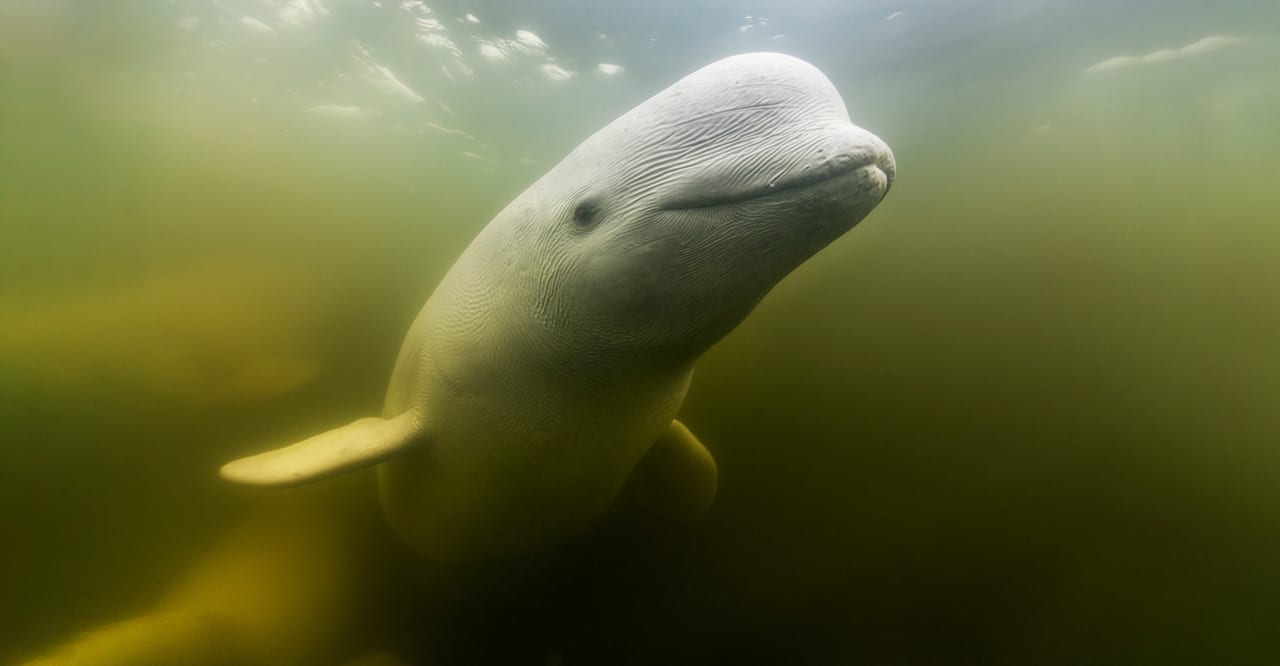


© Paul Souders / Gettyimages

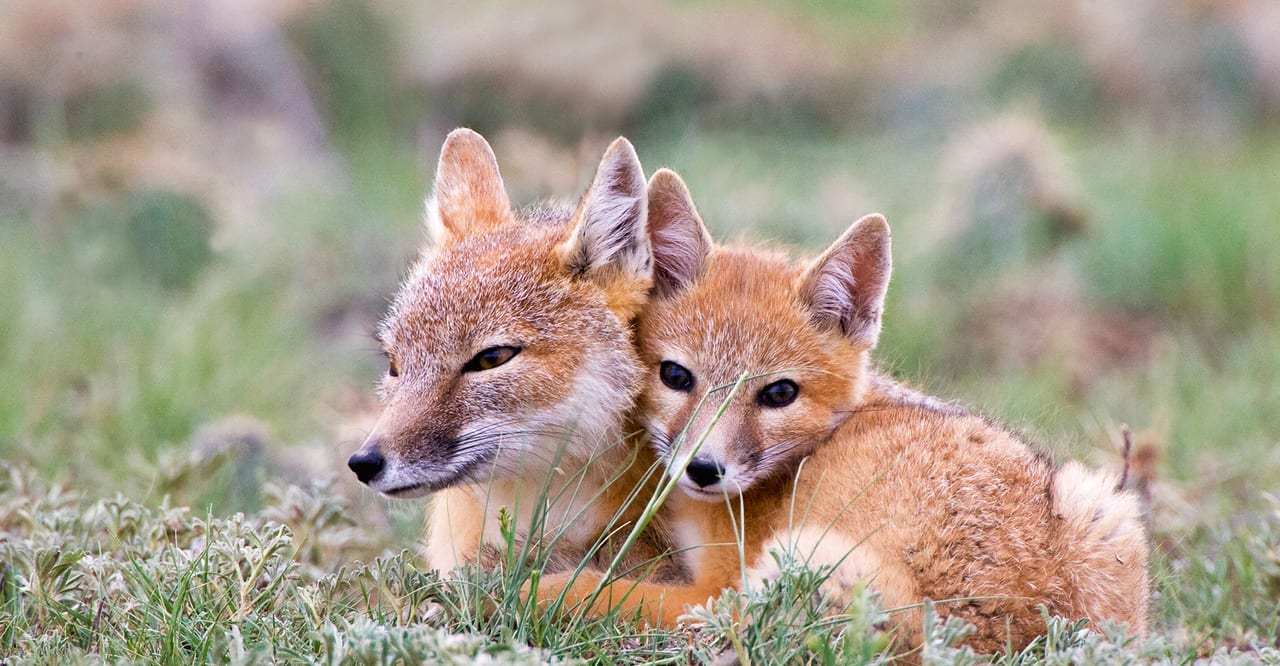
© Rob Palmer Photography
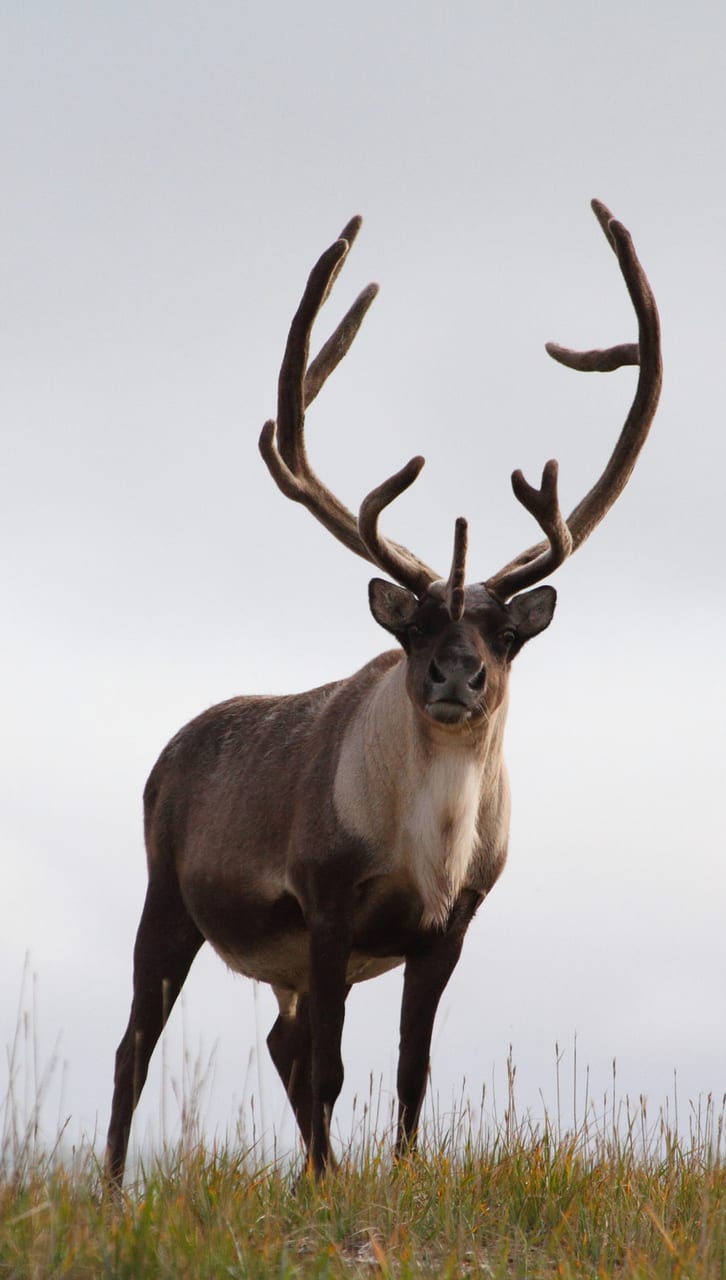
© David McGeachy / WWF-Canada
Our latest Living Planet Report Canada revealed widespread and dramatic declines in wildlife across the country, with populations of at-risk species dropping by 59 per cent on average since 1970. Short-eared owls, barren-ground caribou, chinook salmon and wood turtles are just a few of the at-risk species critically affected by habitat loss and fragmentation. Disruptions are often linked to current and historic land-use changes such as draining wetlands, deforestation, development of coastal regions, growth of cities and agriculture, and impacts from industrial sector activities, such as energy production and mining. All of these threats are accelerated by climate change.
By 2030, Regenerate Canada will restore at least one million hectares of lost or degraded habitats for wildlife. These efforts are focused on ecosystems in priority regions — areas identified, through systematic analysis, to have the greatest need and potential for recovering biodiversity and increasing carbon stored in nature. Our actions include:
Our latest Living Planet Report Canada revealed widespread and dramatic declines in wildlife across the country, with populations of at-risk species dropping by 59 per cent on average since 1970. Short-eared owls, barren-ground caribou, chinook salmon and wood turtles are just a few of the at-risk species critically affected by habitat loss and fragmentation. Disruptions are often linked to current and historic land-use changes such as draining wetlands, deforestation, development of coastal regions, growth of cities and agriculture, and impacts from industrial sector activities, such as energy production and mining. All of these threats are accelerated by climate change.
By 2030, Regenerate Canada will restore at least one million hectares of lost or degraded habitats for wildlife. These efforts are focused on ecosystems in priority regions — areas identified, through systematic analysis, to have the greatest need and potential for recovering biodiversity and increasing carbon stored in nature. Our actions include:
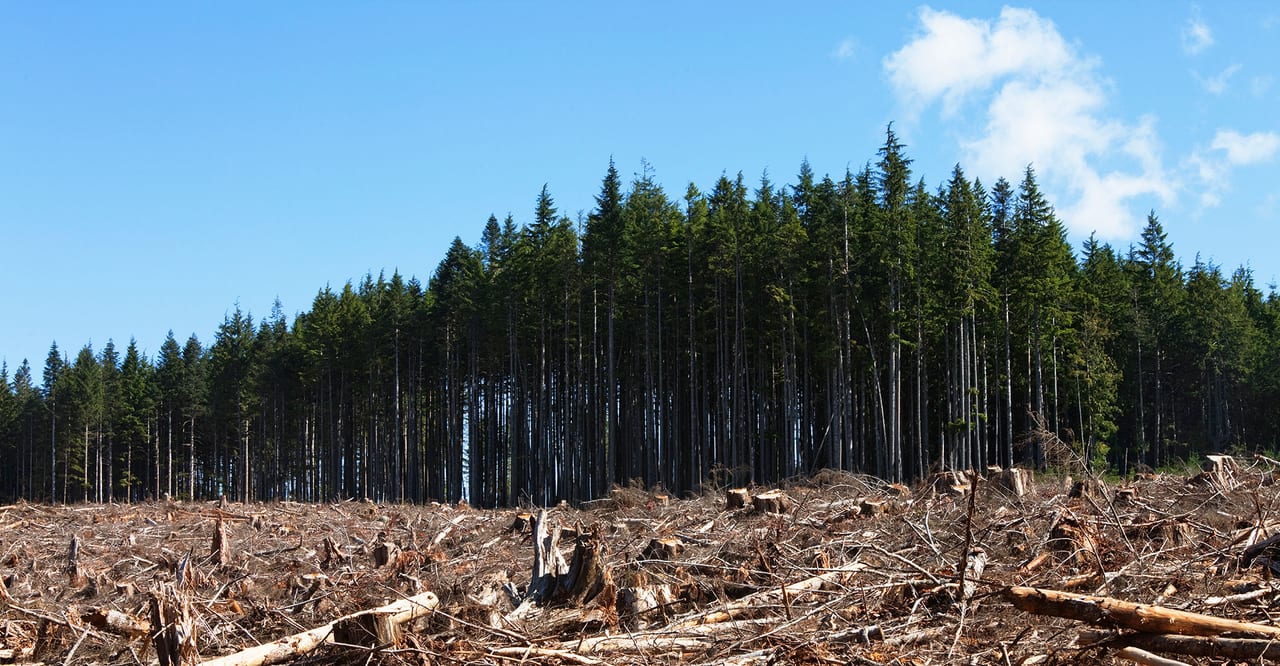


© David B.Mantel / GettyImages

To make space to recover wildlife, and to fight climate change, it's essential we prioritize protection in the places where at-risk species live, breed, and roam, and where high concentrations of carbon in nature are stored. The vast majority of Canada’s carbon-rich habitats — those forests, peat bogs and soils that are storing significant amounts of carbon and preventing climate-altering emissions from entering the atmosphere — have not yet been protected.
By 2030, Regenerate Canada will protect 100 million hectares of habitat and carbon-rich ecosystems, ensuring long-lasting networks of nature for species to thrive, and keeping vast amounts of carbon locked in the ground. We’ll accomplish this by:
To make space for wildlife to recover and fight climate change, it’s essential we prioritize protection in the places where at-risk species live, breed, and roam, and where high concentrations of natural carbon are stored.
Supporting Indigenous-led conservation
Many carbon-rich habitats are in the territories of Indigenous communities. Essential to the success of our 10-year initiative is a commitment to partnering with and supporting Indigenous communities where and when requested.
Indigenous knowledge and stewardship are cornerstones of widescale, long-lasting enhanced biodiversity. Conservation with justice and inclusion is not only equitable, but also one of the most effective and efficient options.

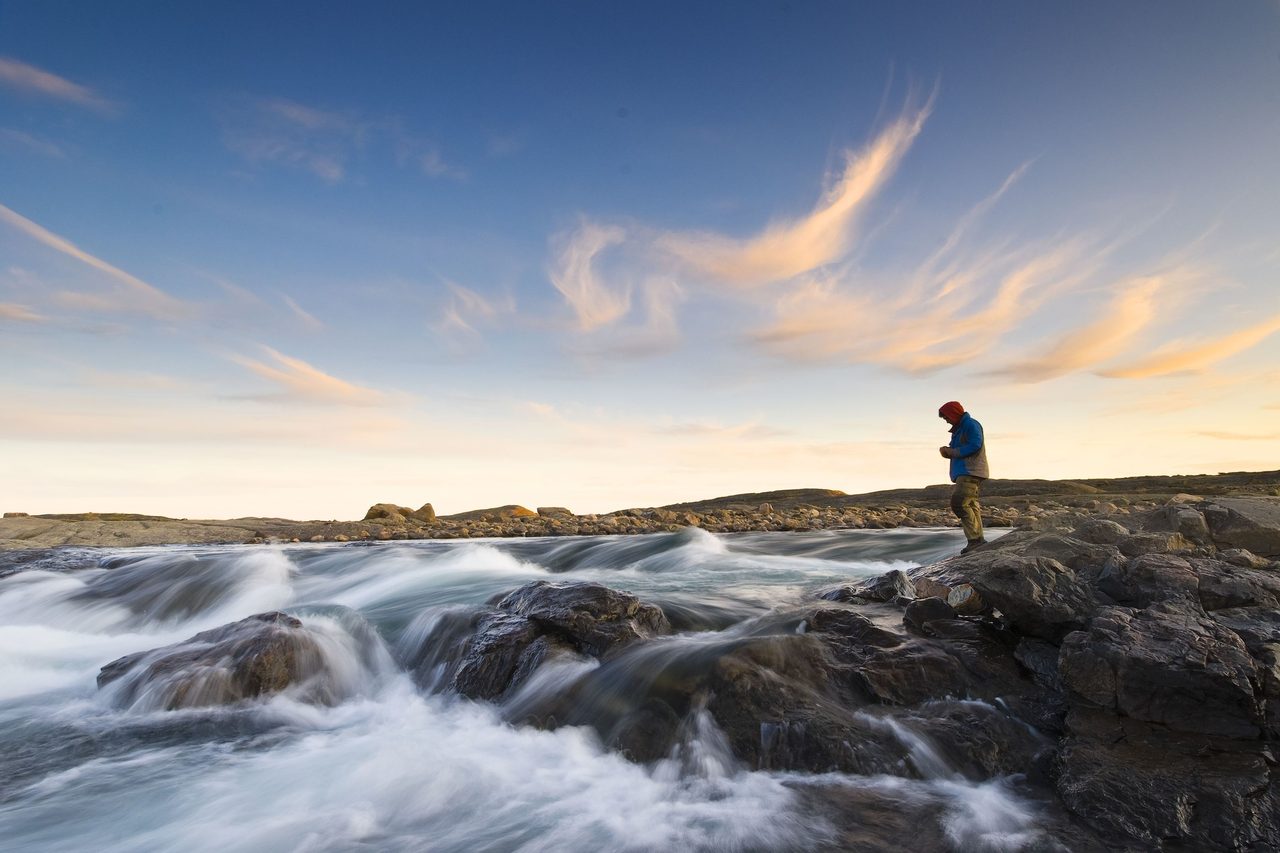
© Andrew S. Wright / WWF-Canada

The recent UN report on climate showed, beyond a shadow of a doubt, that urgent action is needed to reduce greenhouse gas emissions and keep global warming below 1.5 degrees. Nature must be a part of the solution.
© Spitfire Photography / Unsplash


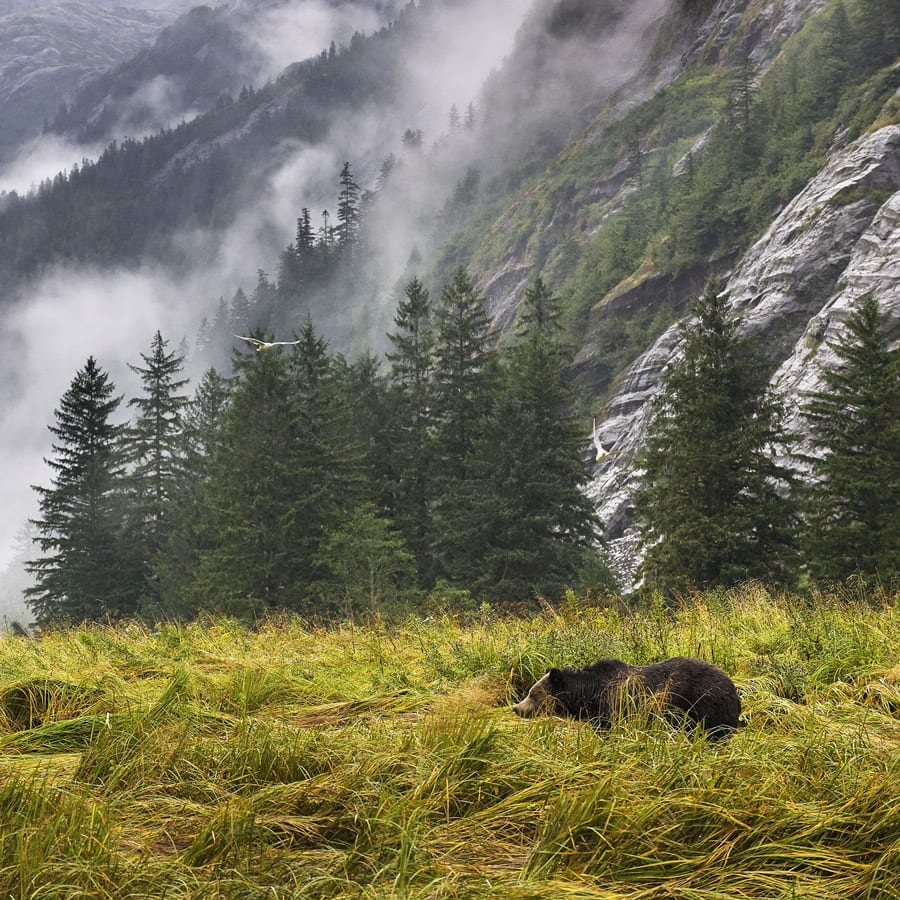
© Andrew S. Wright / WWF-Canada

© Andrew S. Wright / WWF-Canada
Nature-based climate solutions are strategies that use the unique powers of nature to both capture and store carbon. When implemented alongside other decarbonizing efforts, they can be extremely effective at keeping climate change in check, and offer strong co-benefits for wildlife.
Globally, the release of carbon from land and sea has been estimated to contribute one-third of all greenhouse gases emitted annually. Canada is home to some of the world’s largest carbon stores including the Boreal forest, the peatlands of the Hudson and James Bay region and the Arctic tundra. When habitats that help store carbon are degraded, we risk releasing vast amounts of carbon into the atmosphere, accelerating climate change. Identifying large carbon stores and protecting them from development is vital to helping Canada meet its international emissions targets.
By 2030, WWF-Canada will reduce carbon emissions by 30 million tonnes, by supporting and implementing innovate nature-based climate solutions, including:
Nature-based climate solutions are strategies that use the unique powers of nature to both capture and store carbon. When implemented alongside other decarbonizing efforts, they can be extremely effective at keeping climate change in check, and offer strong co-benefits for wildlife.
Globally, the release of carbon from land and sea has been estimated to contribute one-third of all greenhouse gases emitted annually. Canada is home to some of the world’s largest carbon stores including the Boreal forest, the peatlands of the Hudson and James Bay region and the Arctic tundra. When habitats that help store carbon are degraded, we risk releasing vast amounts of carbon into the atmosphere, accelerating climate change. Identifying large carbon stores and protecting them from development is vital to helping Canada meet its international emissions targets.
By 2030, WWF-Canada will reduce carbon emissions by 30 million tonnes, by supporting and implementing innovate nature-based climate solutions, including:
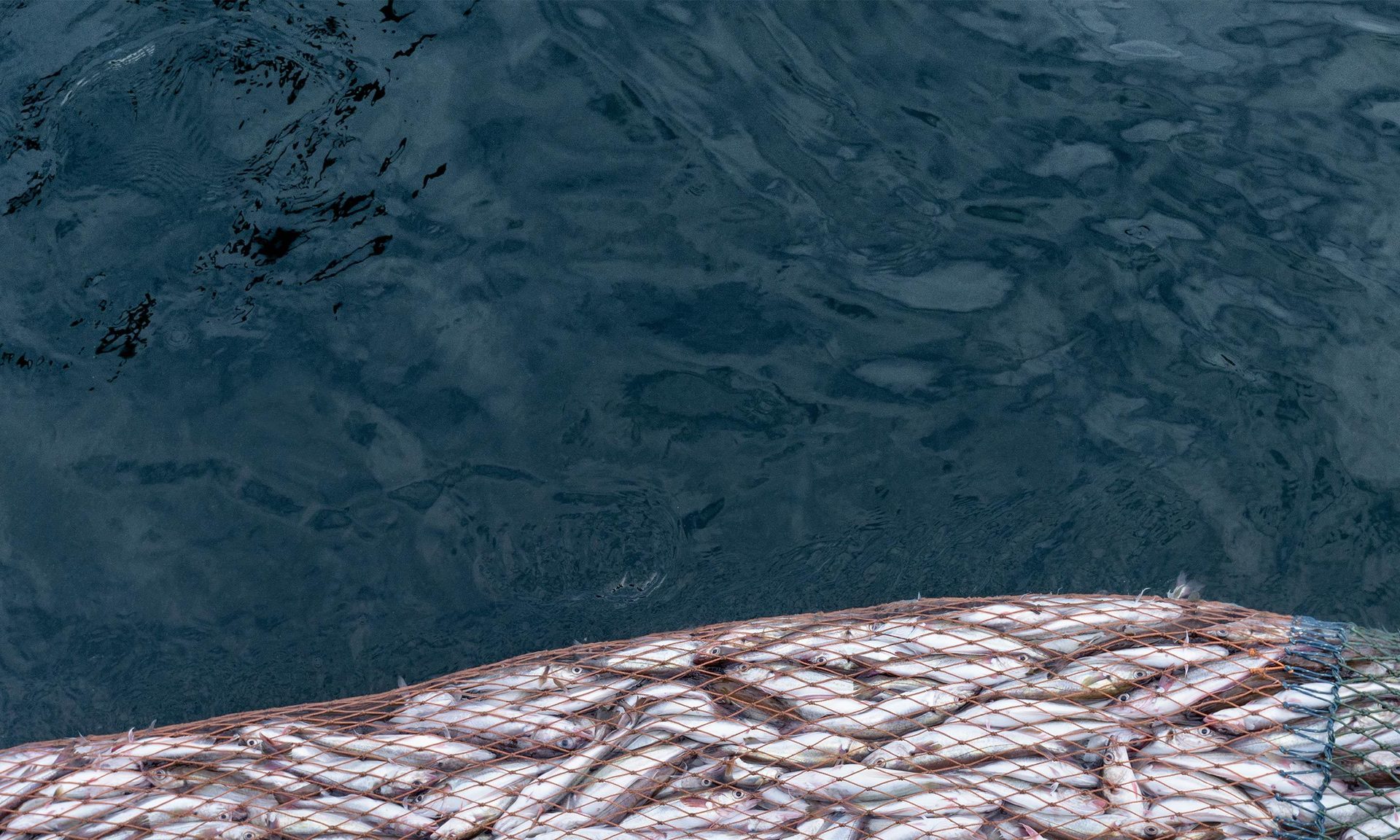
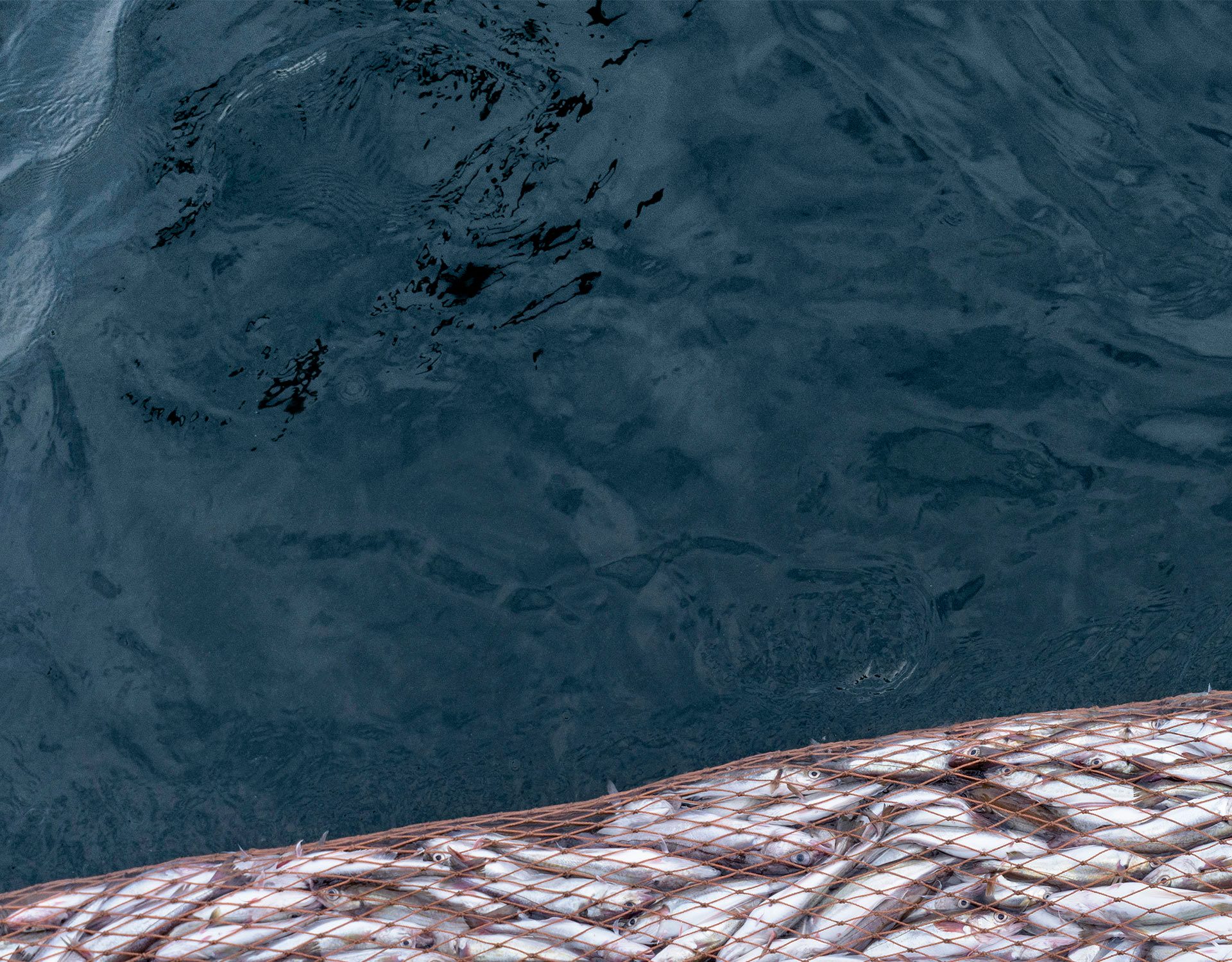

The latest United Nations report on climate declared a “code red” for nature and humanity. Our goals are bold, because they have to be. To meet them, we need what the UN calls a "whole-of-society" approach. Every organization, business, government, cultural, academic and financial institution, and communities of all sizes, are needed to make change happen. In other words, everyone has an important role to play. So, what can you do? Learn more about Indigenous-led projects and guardianship, and our work across the country. Get involved in hands-on actions in your community or business. Participate in our campaigns for change. Join our fundraising initiatives, and help spread the word. Give gifts that benefit nature. Stay connected through our social channels. Donate time and resources whenever possible.
We can help figure out what these actions might look like for you. WWF-Canada has decades of experience building partnerships, conducting innovative research, and successfully protecting millions of hectares of wildlife habitat. We’re inspired by, respect, and support Indigenous-led conservation. We’ve identified the actions with the highest potential for positive impact in the shortest amount of time. Join us, and we’ll measure our collective impact to keep us all inspired- and, most importantly, on track.
Together, we will fearlessly and relentlessly work to reverse the “code red.” This is Regenerate Canada.

© Monty Rakusen / GettyImages

wwf.ca
#irREVERSIBLE
#irREVERSIBLE @WWFCanada
Cover images © Marc Guitard / Gettyimages | © Andrew Coelho / Unsplash
Help protect threatened species and their habitats.